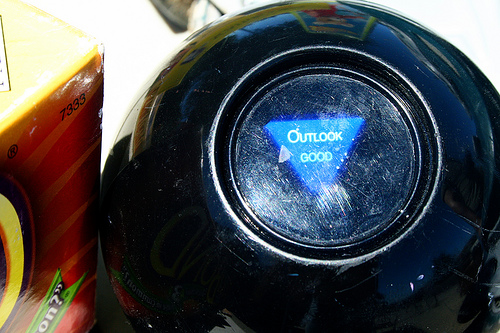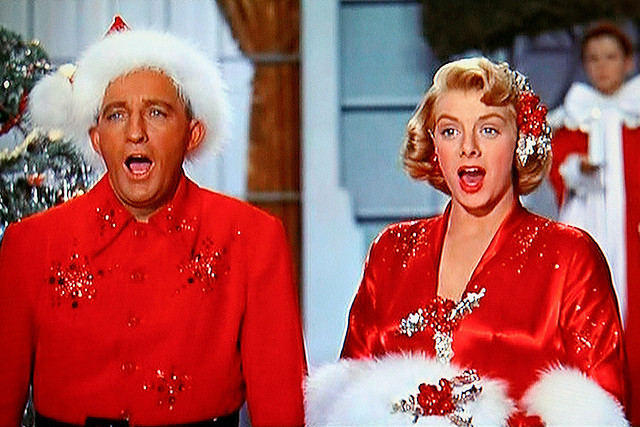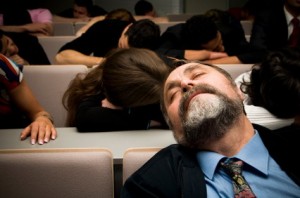By Nate Baumgart: Production Coordinator At Corporate Event Interactive
Most people here in Chicago probably vote January as their least favorite month. The days are at their shortest, it’s bitterly cold and the only holiday to look forward to is Groundhog Day. But March is much worse. Not warm enough to be comfortable, not cold enough to bundle up, you feel like you should be outside, but everything is grey and dead. The only thing March has going for it is that the summer’s adventure hunt calendar begins to take shape and I can spend my time imagining all the running, biking, mud crawling, wall climbing, puzzle solving and costuming I will be doing this summer.
A quick roundup of some of the region’s best races should help you (and me) decide what to take on as we inch into warmer weather.
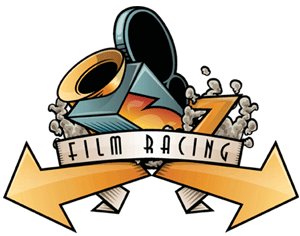
The 24 Hour Film Race
If you have worked on a film set before you are well aware that it involves just as much problem solving frustration and exhausting exertion as an adventure race. Though the race is technically an international competition, Chicago is on the cities holding premiere screenings and its own local competition. Filmmakers and their teams will have 24 hours to write, film and edit a 4 minute (max) movie. Top 24 films based on regional competition go to New York in July to compete for prizes! Check out winners from 2010,2009, 2008 and 2007.
Who: Fledgling Fellinis, Junior Jarmuschs, Kiddy Kubricks
When: 10p Friday April 29th to 9:59p Saturday April 30th
Where: Anywhere!
How Much: $89 until March 31, 2011, then $99. To participate in the separate city of Chicago competition: $40 until March 31, 2011 then $50. Register here.
What you get: First Prize in NYC is $4,000 other prizes will be detailed at a later date.
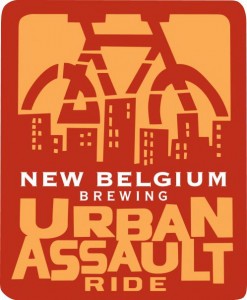
Urban Assault Ride
As a year-round urban bicyclist, I must admit that there is no summer challenge race I look forward to more than the Urban Assault Ride. Hosted byNew Belgium Beer these events always sponsor a local charity. This year it’s “Break the Gridlock” a Chicago charity devoted to reducing car dependence. Teams of two receive packets of clues leading to various locations throughout the city. Each location has a separate challenge and the team to complete them all the fastest wins. Racers must bike and they must wear helmets the entire time. Previous years challenges have included: adult big wheels, bike jousting, mini bikes, BMX peg rides and inflatable slip-N-slides among others. Better yet, every part of the event is sustainably managed and New Belgium provides the after party.
Who: Earth Lovers, Beer Lovers, People Who Can’t Afford Gas
When: May 22, 2011
Where: Murphy’s Bleachers 3655 North Sheffield Chicago IL 60613
How Much: $45 a person until May 8, 2011, then $60 a person. Registerhere.
What You Get: a T-Shirt, a zip bag, snacks and refreshments, a beer, an Urban Assault sticker and raffel tickets for over $5000 in prizes.

Warrior Dash
The same folks behind The Great Urban Race put up this decidedly non-urban mud race complete with military-style obstacle challenges. This race is everyman (or woman) for themselves, but you are invited to compete with friends and costumes are encouraged. There are two in the Midwest this year but only one in Illinois. The race is 3.28 “Hellish” miles of trail running. Obstacles include: climbing hay bales, crawling through pitch black mud trenches, climbing cargo nets and leaping over flames among others. If you want more info about the obstacles, too bad. The info here is all you get till race day. (You can skip obstacles, but it makes you ineligible for prizes).
Who: Warriors (obviously)
When: June 18th 0r 19th
Where: Dollinger Farms 7502 East Hansel Road IL, 60410
How Much: $65 for Saturday $55 for Sunday until May 22, 2011 then $75 and $65. Final registration June 6, 2011. Register here.
What You Get: All competitors get: a beer, a fuzzy warrior helmet, a Warrior Dash T-shirt, a medal, a race bib, post race snacks and water. Top three finishers overall receive an engraved steel warrior helmet. Top three in each division receive steel warrior helmet trophy.

Great Urban Race
Great Urban Race is a half day race (a quarter day if you’re good) that promises to challenge you mentally, physically and mass transit-ically. The race typically takes about 3 hours (top finishers do it in half that time). Teams of two (or more in the Family Division) are given an envelope of 12 clues that lead to locations. Travel is by foot or transit only. Each location has a challenge; a maze, a game, a brain-teaser or a public challenge. Time penalties are given at the end for incorrect clues or incomplete challenges. Team theming and costuming is probably the most notable aspect of this hunt. Teams of pirates, Muppets, sci-fi characters and more are out in full force every year! Great Urban Race is put up by Red Frog Events the folks behind the Warrior Dash (detailed below).
Who: People who have always wanted to dress like Bert and Ernie/Abbot and Costello and ride the el.
When: July 23, 2011 12p-5p
Where: Joe’s on Weed: 1840 N. Clybourn Ave. Chicago IL 60614
How Much: $50 per person until June 27, 2011, then $60. Register here.
What You Get: All racers receive t-shirts and snacks, winners receive cash and free entry to the championship round in New Orleans in November.
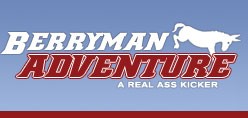
Berryman Adventure Race
Details for this year’s race haven’t been set, but with 12 or 36 hour courses you can be sure that this is one serious challenge. This year’s course will be in the Mark Twain National Forest in the Ozarks. Last year the 12 hour course required 20-35 miles of mountain biking, 7-15 miles of running/bushwacking and 5-15 miles of paddling and close to three times that much for the 36. Teams are two to four people. Routes are not provided and teams are required to navigate on their own with map and compass. The race is part of the Checkpoint Tracker National Point Series and does attract professional competitors. Typically there’s a carb loading meal the night before, it’s highly recommended. The event is promoted by Bonk Hard Racing. Check their website for details later in the spring.
Who: Masochist Outdoorsmen, Eco-Challenge Amateurs, People on First Dates (KIDDING!)
When: September 24-25, 2011
Where: TBD Missouri
How Much: Last year it was $100-120 for the 12 hour $160-200 for the 36 hour. Registration details for this year have not yet been posted.
What You Get: BRAGGING RIGHTS! Trophy, outdoor gear, points for the Checkpoint Tracker National Series.
Hope you enjoyed the round-up and hope to see you out there this summer!
http://maps.google.com/maps?q=1840+N.+Clybourn+Ave&ie=UTF8&hq=&hnear=1840+N+Clybourn+Ave,+Chicago,+Cook,+Illinois+60614&gl=us&z=16
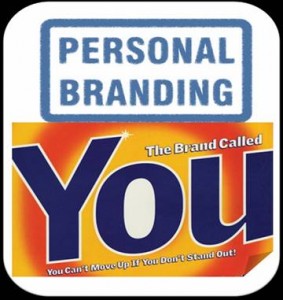 I recently made a group presentation on personal branding and the influence of social media.
I recently made a group presentation on personal branding and the influence of social media.






